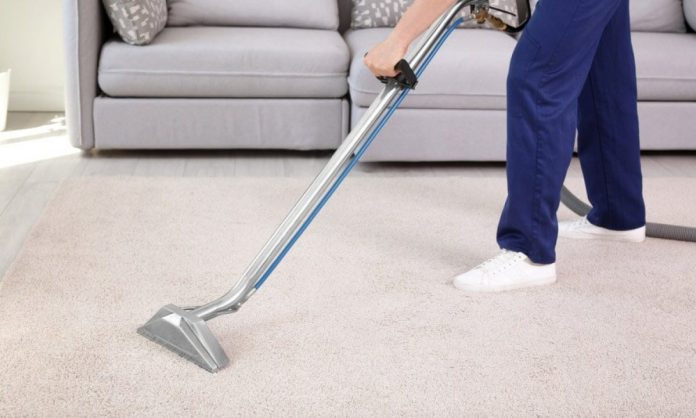When it comes to carpet, one thing is certain: stains will occur. Despite your best efforts, you’re likely to get into stain issue from time to time. Knowing what to do in the event of a stain might mean the difference between having clean, like-new carpeting and having dirty, dingy flooring; the following carpet stain removal advice can help:
Why Carpet Stain Removal Is Vital?
Professional carpet cleaners face the most challenging challenge when it comes to carpet spot and carpet stain removal. However, effectively eradicating a spot or stain can give you a tremendous sense of accomplishment. It is important to identify spots and stains—and it’s vital to do so before carpet cleaning—as well as how to distinguish carpet fiber type, which is equally critical for cleaning success.

We’ll refer to visible dirt as “stains” in this piece because stains are more difficult to remove than spots. A stain is inside the fiber, while a spot is on the fiber. After you’ve determined the type of carpet and stain you’re dealing with, you’ll need to select the appropriate chemistry for a successful cleaning.
Petroleum Carpet Stain
Organic solvents, often known as dry solvents, can be used to remove petroleum-based stains like ink, grease, and oil. Through proper agitation, dry solvents breakdown oil-based soils. Water-based detergents with wetting agents (surfactants) are occasionally used in combination with dry solvents.
It’s vital to remember that oily soils can penetrate polyester or olefin carpets, which implies the dry solvent must also penetrate to remove the soil. Then there’s the sticky residue on the fiber to contend with. Future resoling concerns can be avoided by thoroughly rinsing with hot detergent or a volatile dry solvent.
When cleaning with dry solvents, always remember to ventilate properly for proper carpet stain removal.
Stains of Protein
/remove-vomit-stain-from-carpet-1901024-01-c77d1a5e07b94105a6f28c04fbdfdf5f.jpg)
Protein digesters or enzyme treatments can help remove tough protein stains like blood, feces, or vomit. As long as you follow the manufacturer’s instructions, these enzyme products are effective. It’s very crucial to give the stain enough time to dry, so stick to the manufacturer’s recommended dwell time.
Stains that are soluble in water
Tracked-in muck, food and beverages, and water-based pens and markers are all examples of water-soluble stains. Using a water-based cleaning product, these stains are usually easy to remove.
Stains that are natural or organic
Because the heat of the liquid attaches the item to the carpet fibers, some water-soluble stains, such as coffee and tea, are more difficult to remove. Even after cleaning, these compounds frequently leave a tannin stain. When water-soluble treatments have failed, use an oxidizing agent to remove these natural and organic stains.
/iStock-501363270-5910829e3df78c9283d0fe08.jpg)
Food and beverage colorants, such as those found in grape juice, ketchup, mustard, and most condiments, are other organic stains that respond well to oxidizing agents.
Man-Made or Synthetic Stains
A reducing agent is required for man-made stains, particularly those induced by red dyes in sports drinks and Kool-Aid. As mentioned in previous articles, these stains harm nylon more than other fibers.
Using a moist towel and a steam iron or another heat source, apply reducing agents. To avoid damaging the carpet color or melting the fibers, this technique must be done with caution. Between the heat source and the carpet, place a damp, disposable white cotton towel to keep the heat from damaging the fibers.
This information regarding carpet stain removal will guide you what actions to take, and how to take them in case your carpet gets stained. Make sure you follow proper instructions before starting your task otherwise, you might end up ruing your carpet.










